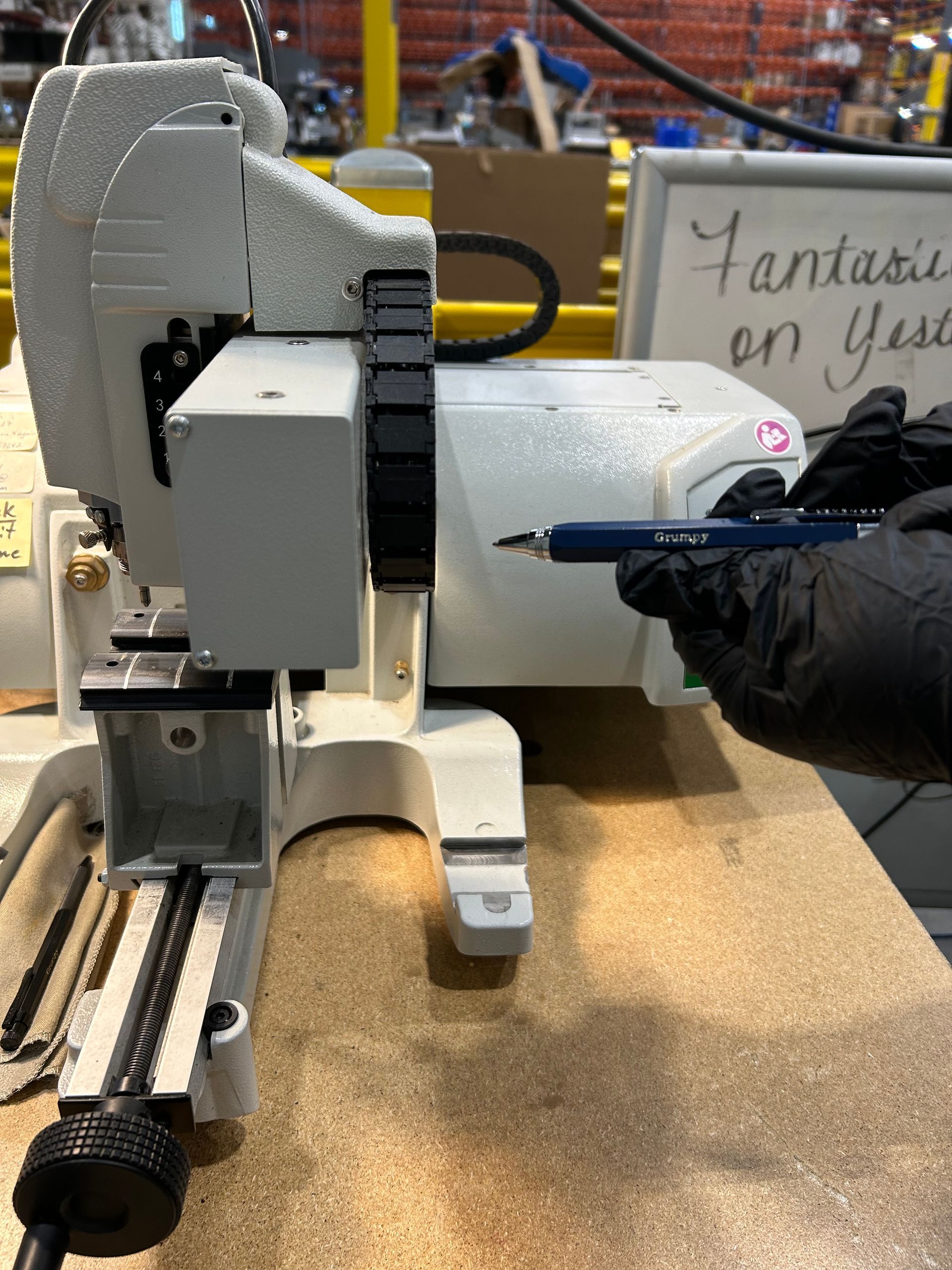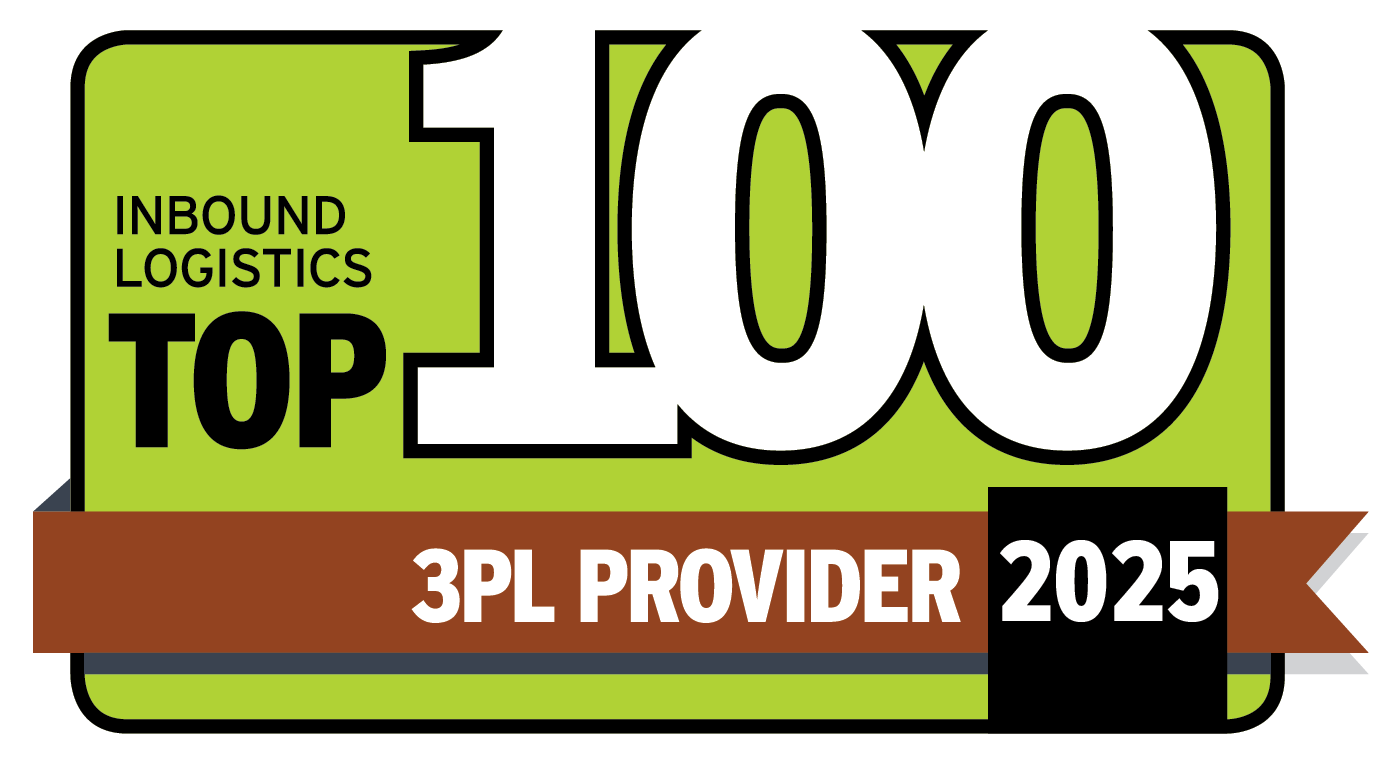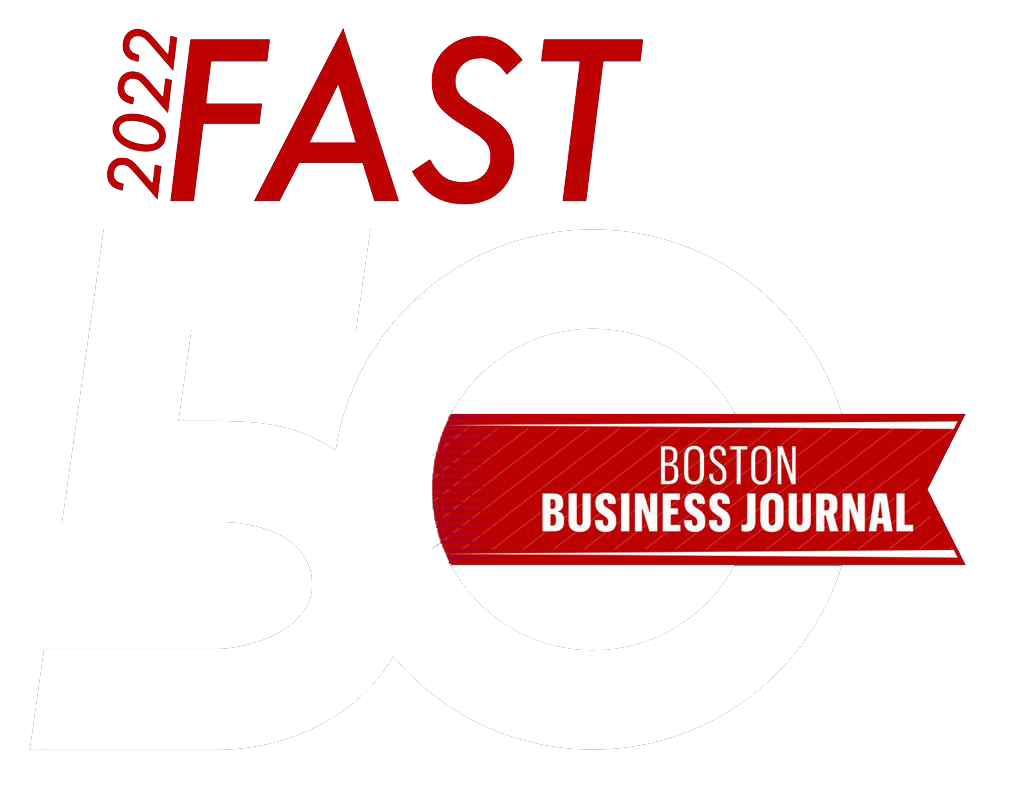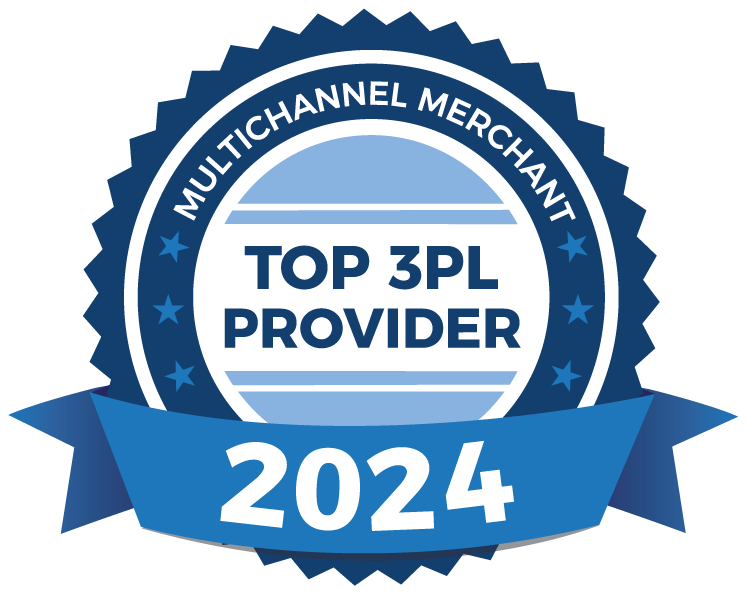Footwear Supply Chain Sustainability: Going Green for ROI
Each year . The industry as a whole has in the past five years and that trend is expected to continue. At the same time, the landscape for how consumers are shopping for and purchasing shoes has changed. Shoppers now have more options, more demands that have resulted in shifting preferences from a focus on price to a focus on convenience. This new criteria is forcing supply chains across all industries to shift priorities and resources to meet these demands. Cost savings and operational efficiencies have taken a higher precedent than ever before. Simultaneously, becoming more environmentally responsible has come to the forefront for many companies as well. New technology, strategies and methods has made it not only possible for companies to turn their supply chains “green”, but also allowed them to capitalize on cost trimming opportunities and new process efficiencies.
It is not uncommon for supply chain operations to account for 50-70% of a manufacturer’s total expenses. In a market where the hard costs of brick and mortar are competing with streamlined e-commerce outlets, a lean supply chain can create a dramatic competitive advantage.
A recent report from Accenture and the Carbon Disclosure Project (CDP) took a closer look at the business value of instituting a sustainable supply chain. Supply chain sustainability was once considered a nicety, it would be ideal but wasn’t fiscally necessary. This report along with recent trends is showing a shift in opinion and application. Not only are there strategic advantages, but the return on these investments, and subsequent cost savings, is being realized faster than ever before.
Reduction in risk
70% of the study’s respondents identified a current or potential future environmental event that could directly impact their business. Reducing these risks with green initiatives is viewed as an effective mitigation strategy.
Innovation in services
With a sustainable supply chain, and the corresponding resources, more opportunities are available for sustainability related service offerings. This can create higher profit margins, as well as additional product offerings.
Premium pricing
By offering products and using sustainable processes, premium prices can be justified and offered as a result. These green alternatives can be supported with a higher market price, even if the hard costs haven’t increased or been recaptured.
Sustainability related investments’
- Transportation use: 65% cite a payback period of less than one year.
- Transportation fleet: 42% cite a payback period of less than one year.
- Energy savings from process changes: 38% cite a payback period of less than one year.
- Energy savings from infrastructure changes: 30% cite a payback period of less than one year. 40% within 3 years.
When it comes to sustainability, supply chain operations offer a wide range of opportunities. Aside from the beneficial environmental impact, there are definitive strategic and business advantages. Innovations like green package designs, low carbon products and sustainable services can not only save money, but actually increase revenues. ÃÛÌÒ´«Ã½ ÃÛÌÒ´«Ã½Centers has been recognized for their supply chain sustainability achievements. With experience and expertise in the footwear sector, for both retail and e-commerce, they craft customized logistics, fulfillment and transportation solutions. These solutions solve existing problems and create bottom-line opportunities.
Recent Blog Posts







